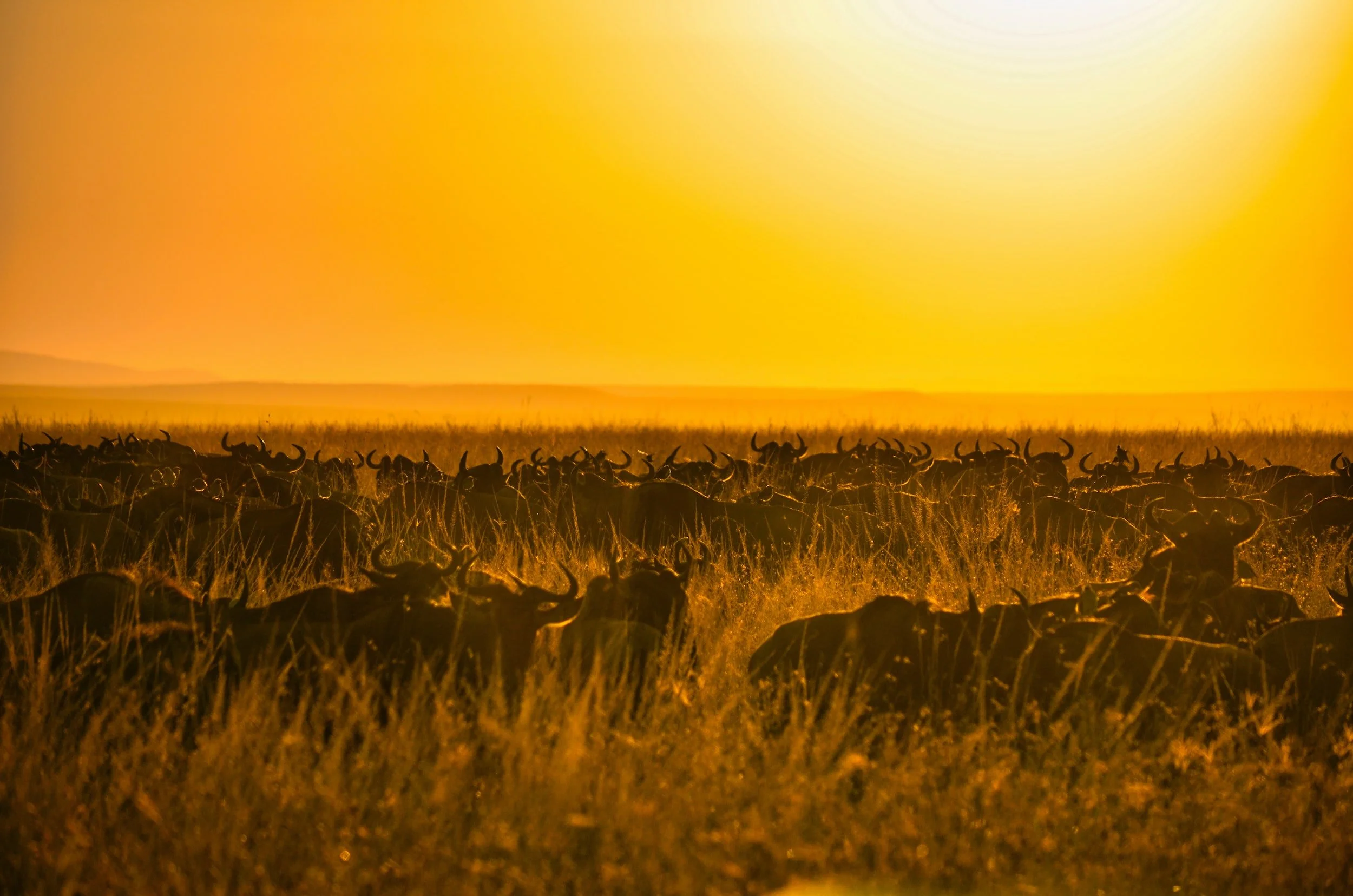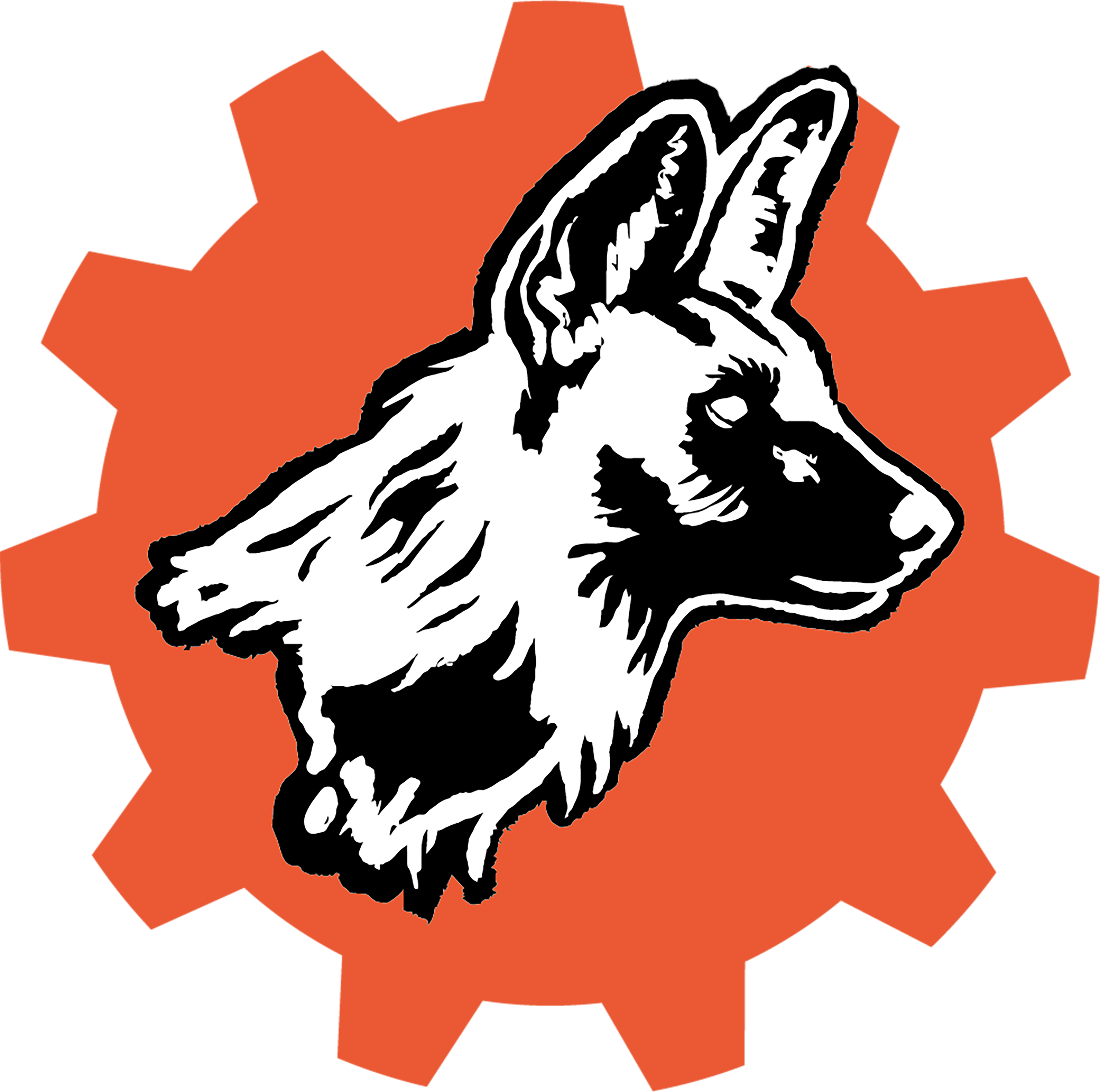
OUR RESEARCH
deconstructing the mechanics of thriving ecosystems
We work across spatial scales to understand how ecosystems are assembled and how they respond to (and recover from) human disturbance.
Much of our work focuses on large, manipulative experiments in African savannas, but we maintain field experiments and collaborations across the globe. Our work spans methodologies, from theorical to applied approaches. We are increasingly interested in the power of DNA metabarcoding to provide new insight into food-web structure. Our projects are united by our drive to understand how ecosystems work, so we can help maintain and restore broken landscapes.
themes in our research
-

Food Webs
We reconstruct the architecture of ecological networks at unprecedented resolution and use this information in conjunction with field experiments to understand the direct and indirect effects of species interactions, the nature of resource partitioning, and the mechanisms of coexistence.
-

Restoration
Damaged communities and ecosystems can be rehabilitated. This is not just a hopeful message for the Anthropocene, but the restoration process presents an opportunity to gain fresh insights into the fundamental rules that govern nature. Our goal is to use the scientific process to help fix broken landscapes.
-

Megafauna
We seek to understand the individual behavior, population dynamics, community organization, and ecological roles of the world’s largest terrestrial herbivores and carnivores. Our goal is to link these different levels of organization and to generate information useful for conservation efforts.

WHY THIS WORK MATTERS
ecological communities are at-risk globally.
We use large-scale, long-term field experiments to understand how ecosystems work, so that we can help restore broken landscapes.







